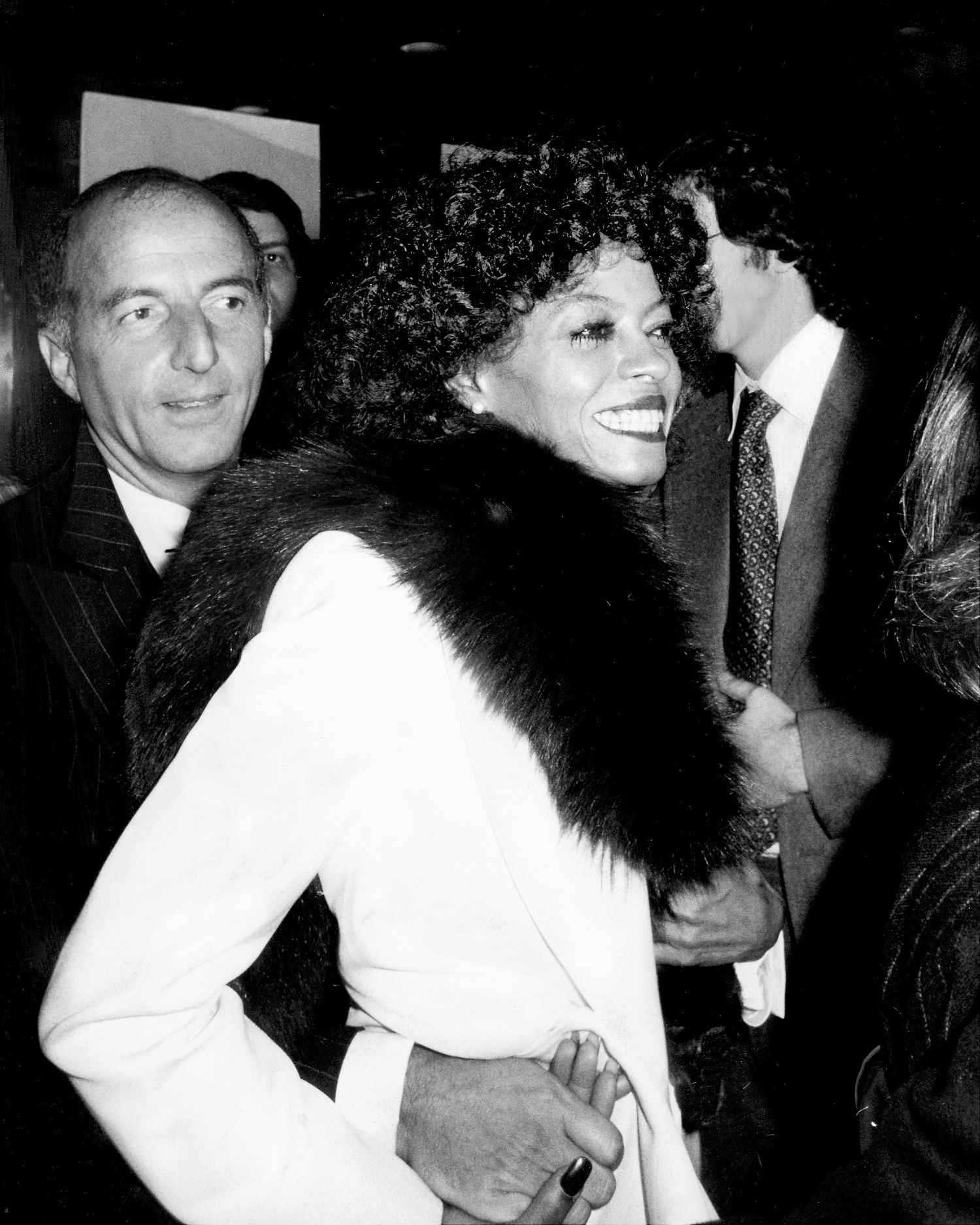
Angelo Donghia died from AIDS-related illness in 1985.
President-elect Trump may be notoriously tough to pin down on LGBT equality, but his staff has certainly made its position clear: HUD Secretary Ben Carson has compared homosexuality to bestiality and incest. Health Secretary Tom Price voted for a constitutional ban on marriage equality. And James N. Mattis, Trump’s pick for Defense Secretary General opposed the repeal of “don’t ask, don’t tell.”
So, it’s ironic that Trump’s beloved Fifth Avenue penthouse, where he’s indicated he wants to spend as much of his presidency as possible, was designed and decorated by a gay man—one who died from AIDS-related illness in the early days of the epidemic.
The inside of Trump's Penthouse looks like what I would imagine whatever is going on inside Mariah Carey's brain. pic.twitter.com/kMzvDmKYPm
— Tons of Fun (@tokenbeigechick) December 8, 2016
Angelo Donghia was born the son of Italian immigrants in the small town of Vandergrift, Pennsylvania, in 1935. After graduating from Parsons in 1959, he joined Burge Interiors, which became Burge-Donghia after the young designer received widespread acclaim for his work on the Metropolitan Opera House’s Opera Club.
Following Yale Burge’s death, Donghia renamed the company Donghia Associates and built a client list that included Barbara Walters, Mary Tyler Moore, Liza Minelli, Halston and Diana Ross.
Donghia also made a name for himself on New York’s social scene, appearing in Vogue and Harper’s Bazaar and, in 1977, landing on Vanity Fair’s International Best Dressed List Hall of Fame. In its obituary, The New York Times referred to him as “one of the most influential American designers of our time.”
The Trumps’ opulent three-story penthouse, valued at $100 million, was one of his last projects, and one of his most opulent: It overlooks Central Park but inspires comparisons to the palace at Versailles, with marble columns and more gold than Fort Knox.
Donghia also made a name for himself on New York’s social scene, appearing in Vogue and Harper’s Bazaar and, in 1977, landing on Vanity Fair’s International Best Dressed List Hall of Fame. In its obituary, The New York Times referred to him as “one of the most influential American designers of our time.”
The Trumps’ opulent three-story penthouse, valued at $100 million, was one of his last projects, and one of his most opulent: It overlooks Central Park but inspires comparisons to the palace at Versailles, with marble columns and more gold than Fort Knox.
Architectural Digest writes:
Naturally, every surface of the home shimmers like liquid gold. Guided by Ivana’s love of pastels and the couple’s preference for over-the-top luxury, the late Angelo Donghia designed a mirrored box where Trump’s opulence was on full display: in the banquette covered with fabric painted in 24K gold, in the gold-leaf ceilings, and in the crystal chandeliers and candlesticks throughout.
At the time, Trump declared his seven-bedroom home one of “the finest apartments in the top building in the best location in the hottest city in the world.” It seems then, as now, modesty was not his strength.
In a 2014 interview with biographer Michael D’Antonio, Trump boasted the penthouse “was harder than building the building itself.”
In 1982, the year Donghia completed work on the it—and Trump Tower’s infamous lobby—his company grossed $67.5 million. But Donghia reportedly suffered in isolation in the final years of his life—telling only a few close friends that he was sick and swearing them to secrecy about the nature of his illness. (Newspaper accounts said he died of “pneumonia.”)
Melania und Barron Trump bleiben im Protz-Penthouse: Donald allein im Weissen Haus https://t.co/cTEKCFMqYE pic.twitter.com/rBPL7tlZl2
— Blick (@Blickch) November 20, 2016
The designer was reportedly “close” with Donald and Ivana Trump, and even accompanied Ivana on a whirlwind shopping tour throughout Europe. ThePrideLa.com reports Donghia was experiencing complications relating to HIV while working on Trump Tower, but its not clear whether the Trumps knew why he was sick.
The designer certainly knew Donald Trump well: “He knows exactly who he is, and what he wants. He has very quick judgment and a very definite attitude about what he likes,” Donghia told Town & Country in 1983. “With Donald, you don’t spend a lot of time wondering whether something is right or wrong… And everything you do for him has to be done great.”
Debuting our documentary tonight at @NYSID, Angelo Donghia: Design Superstar. Come see it! pic.twitter.com/jfT30agx6U
— Editor at Large (@EditorAtLarge) September 16, 2015
Was Trump’s relationship with Donghia an indication of a deeper empathy toward the LGBT community?
A source close to the future president told The LA Pride, “Ivana and Donald had a number of close friends die of AIDS during the 1980s and I am absolutely certain Angelo’s illness was something neither of them would have been off put by. They would have been supportive.”
Then again, one of those close friends with AIDS was Trump’s longtime mentor, Roy Cohn, an aide to J. Edgar Hoover and an infamous figure in the McCarthy hearings.
When Trump learned of Cohn’s diagnosis, he allegedly severed all ties with his onetime mentor. Cohn was so hurt he was quoted as saying, “I can’t believe he’s doing this to me. Donald pisses ice water.”
Into a 24-carat toilet, no doubt.









